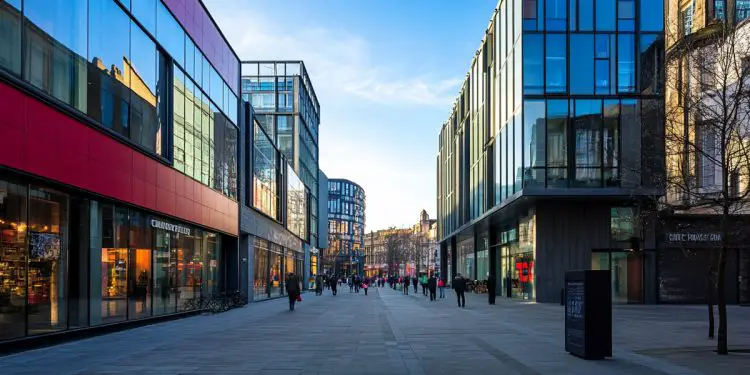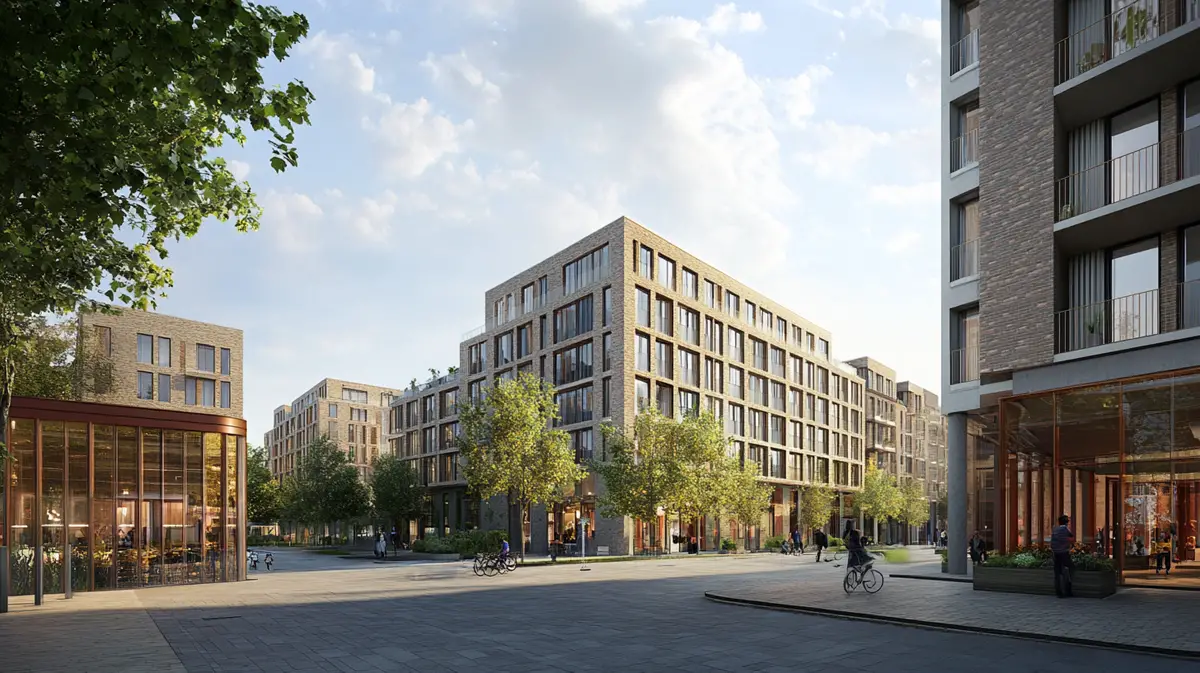Recognising the Transformative Role of Yorkshire’s Architectural Regeneration Projects

Several renovation and refurbishment projects in Yorkshire have recently received awards from the Royal Institute of British Architects (RIBA) for transforming historic and established city buildings into welcoming community hubs.
Winners of the RIBA Yorkshire Awards 2025 include Hull Minster, which has recently completed the final stages of a 15-year restoration and expansion project, and Wonderlab: The Bramhall Gallery, an iconic timber-framed interactive area recently added to the exhibition spaces at York’s National Railway Museum.
Other larger regeneration projects in Sheffield and Leeds have also been recognised for reviving historic areas with cutting-edge architecture, while still respecting the heritage of existing buildings. The RIBA jury, consisting of experts committed to excellence in architecture, described their journey through the expansive Yorkshire region as “extraordinary”, noting its diverse architectural spectacle.
What all these regeneration projects have in common, however, is that they not only bring city centres back to life but also align with current architectural design trends of sustainability and versatility in creating vibrant, future-proof spaces.
Sheffield’s Rich Heritage Inspires ‘Heart of the City’ Masterplan
Instead of being demolished and rebuilt, the heart of Sheffield’s city centre is undergoing a sensitive renewal that modernises existing buildings without erasing the city’s cultural legacy. Steel cladding, fresh concrete, and glass extensions now help to showcase the aesthetics of commercial properties, while reinvigorating the historic core of the city.
Notable additions include the Cheese Grater – a distinctive car park named after its jagged steel exterior – the Cambridge Street Collective, Europe’s largest food hall, and Elshaw House, constructed using recycled materials and lean design to create Sheffield’s first zero-carbon offices.
Also recognised for its transformative role in the city’s masterplan is the Radisson Blu Hotel, which welcomed its first guests a year ago. With the retention of a historic Victorian façade and interiors inspired by Sheffield’s industrial past, the hotel’s design integrates the past and present into the fabric of the city.
Renovations to Hull Minster Create a Versatile Community Hub
Hull Minster came close to closure in 2009, but the RIBA jury was particularly impressed by the architects’ ambition to revitalise this 700-year-old Grade I-listed building – transforming it into not only a place of worship and refuge, but also a versatile venue for community events.
Renovations began 15 years ago with the creation of a new civic space near the entrance. The most recent phase has seen an extension to the original building, adding a light and airy café area. Other improvements include new insulated interior flooring and the removal of some boundary walls to create a liminal space between the church and the surrounding city centre.
The RIBA Yorkshire Award recognises the considerable transformation of the Minster and its environs into a viable and sustainable community asset.
Leeds Redevelopment Helps Shape a Vibrant and Sustainable Future
Several renovation projects in Leeds – including the Henry Moore Institute and the Corn Exchange – have received RIBA awards in previous years. The city continues to evolve, with multiple high-rise buildings emerging, and one area in particular poised to become one of the largest city centre regeneration projects in the UK.
Backed by a £1 billion investment, the Eastgate Quarter regeneration will integrate new residential accommodation with commercial opportunities. Pedestrian-friendly streets and public squares will help form a dynamic, sustainable urban space and improve community connectivity. In addition to new energy-efficient buildings, the development will also preserve and enhance the historic assets already on site.
Yorkshire is home to a rich architectural landscape, from mediaeval castles to Victorian buildings reflecting its industrial past. Recent developments in major city centres have been recognised for their thoughtful renovation and expansion of these historic structures.
Regeneration projects in Sheffield, Hull, and Leeds have added distinctive modern architecture that blends seamlessly with existing buildings – breathing new life into city centres while preserving their historical value.










